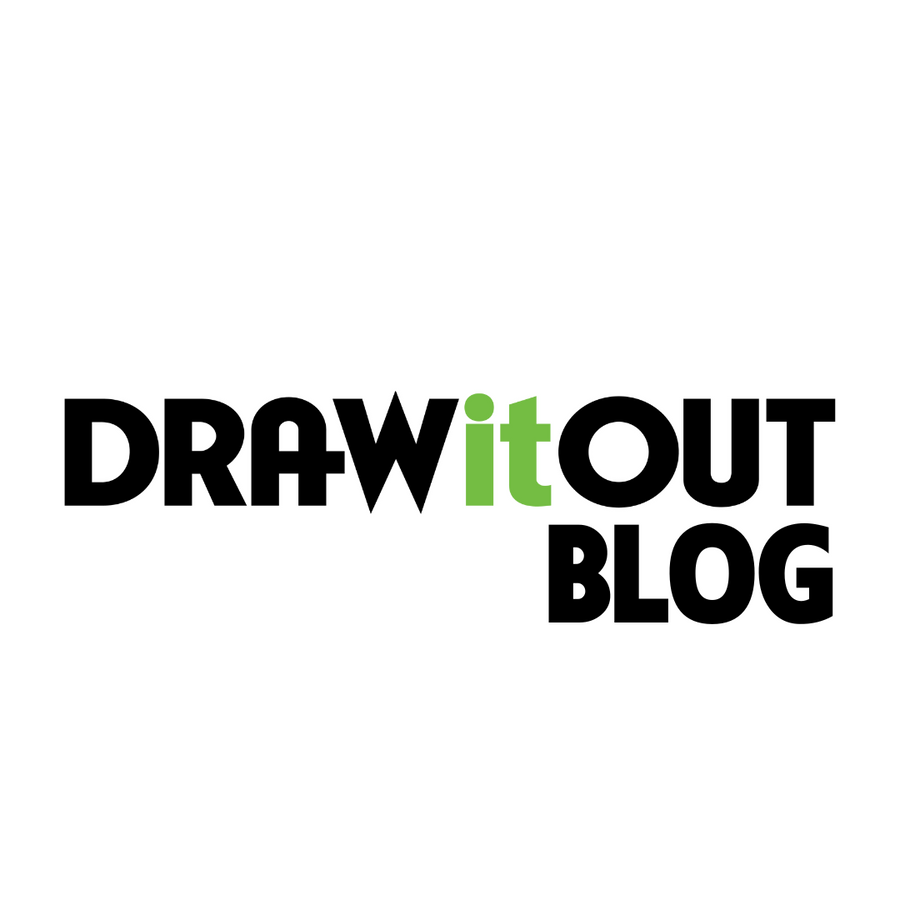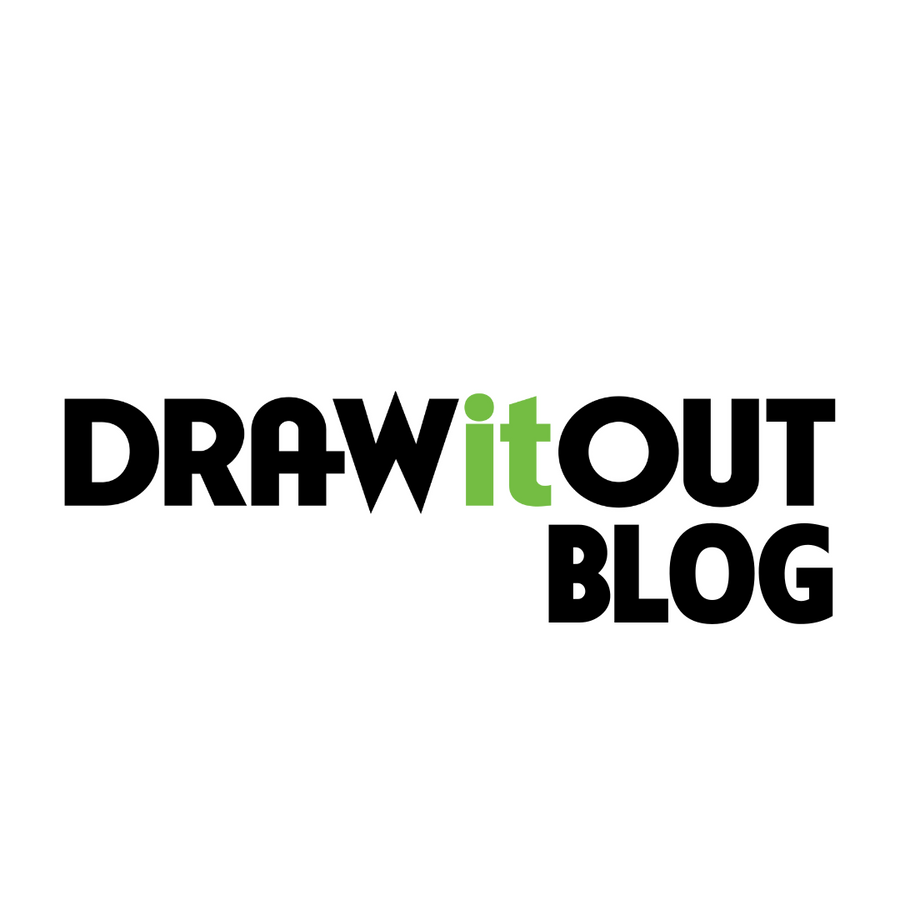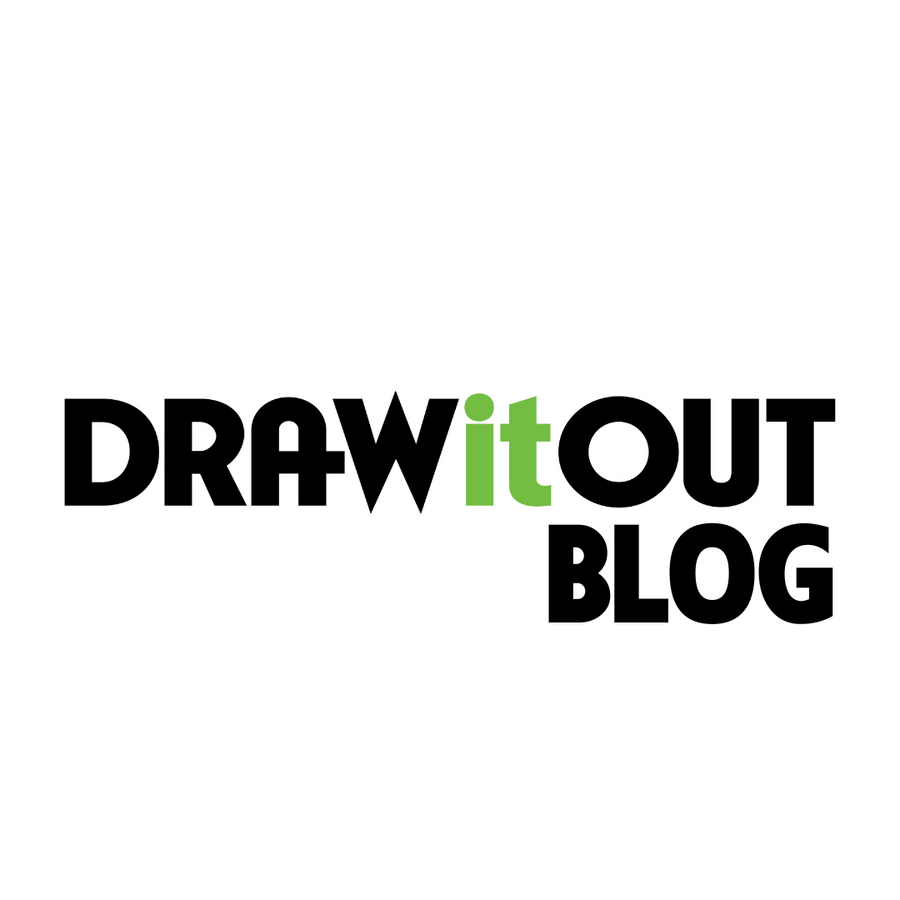Introduction
Horseback riding is an activity that captivates the senses and offers a unique connection with these magnificent creatures. The thrill of riding, the harmony of movement, and the sense of partnership with a horse can be deeply rewarding. However, the world of equestrian sports also carries its share of risks, and injuries are an unfortunate but not uncommon aspect. For riders who have faced the physical and emotional toll of a horseback riding injury, the path to regaining confidence can be a challenging one. This comprehensive guide, inspired by the informative style of the American Association of Equine Practitioners (AAEP), aims to provide a detailed roadmap for riders seeking to rebuild their confidence and rediscover the joy of riding.
Understanding the Psychological Impact
The aftermath of a horseback riding injury goes beyond the physical pain; it often leaves a profound psychological impact. Riders who once felt invincible might find themselves grappling with fear, anxiety, and a sense of vulnerability. It's crucial to understand that these emotions are not uncommon and are a natural response to a traumatic event. Recognizing and acknowledging these feelings is the first step towards healing. Suppressing them or pretending they don't exist will only hinder progress. It's essential to give yourself permission to feel and to process these emotions.
Seeking Professional Medical Guidance
Whether it's a sprain, a fracture, or any other injury, seeking immediate and professional medical care is paramount. Only a qualified medical professional experienced in equestrian injuries can provide an accurate diagnosis and devise an effective treatment plan. Beyond the physical benefits, this step is pivotal in gaining mental reassurance. Knowing that you're under expert care can alleviate anxieties about the injury's long-term impact.
The Road to Physical Recovery
Physical rehabilitation is a journey that requires patience and persistence. Depending on the nature of the injury, a well-structured rehabilitation program is essential. Collaborate closely with a skilled physical therapist who has experience in equestrian injuries. They will design a regimen that focuses on rebuilding strength, flexibility, and balance, ensuring that your body is well-prepared for the unique demands of horseback riding.
Rebuilding Trust with Horses
For riders recovering from an injury, reestablishing trust with horses is a crucial yet often overlooked aspect. The bond between a rider and their horse is built on trust, and a traumatic incident can fracture this foundation. Spend time in the presence of horses without the pressure of riding. Groom them, observe their behavior, and engage in activities that nurture a sense of connection. This gradual approach aids in rebuilding familiarity and mutual understanding.
Enlisting Professional Guidance
Navigating the journey from injury to confident riding requires professional guidance. An experienced riding instructor or coach can be an invaluable asset during this phase. Their expertise allows them to objectively assess your riding skills, pinpoint areas that need improvement, and devise a personalized plan tailored to your progress. Furthermore, they can introduce you to well-trained, trustworthy horses that are crucial for your gradual reentry into the saddle.
The Power of Visualization
Visualization is a potent tool in the process of regaining confidence. This technique involves mentally rehearsing successful riding scenarios. Spend time each day vividly imagining yourself riding confidently, executing various maneuvers flawlessly. Visualization helps in rewiring the brain's neural pathways, associating positivity and success with riding, and gradually reducing the anxiety linked to it.
Setting Realistic Goals
In the journey of recovering confidence, setting achievable goals is fundamental. Begin with short-term goals that are well within reach and gradually progress towards more substantial objectives. These goals could encompass spending a specific amount of time around horses without feeling anxious or mastering particular riding techniques. Every milestone accomplished, regardless of its size, contributes significantly to rebuilding confidence.
Patience and Self-Compassion
The path to confidence restoration is rarely linear; setbacks are a natural part of the process. Patience becomes a virtue during these times. Understand that setbacks are temporary and not indicative of failure. Developing self-compassion is equally vital. Negative self-talk can impede progress, so consciously challenge those thoughts. Replace self-doubt with positive affirmations and focus on the strides you've made, no matter how small.
Cultivating a Supportive Riding Community
Surrounding yourself with a supportive equestrian community can make a world of difference. Share your fears, successes, and challenges with fellow riders who comprehend the emotional intricacies of riding after an injury. Their encouragement, shared experiences, and advice can provide a profound sense of camaraderie and motivation.
Gradual Exposure to Riding
As your confidence steadily increases, begin reintroducing riding into your routine. Start with calm, experienced horses in controlled environments. Slowly progress to more challenging situations as you regain your riding skills and self-assurance. Pushing yourself too hard or too fast can lead to setbacks, so careful and calculated steps are key.
Conclusion
Regaining confidence after a horseback riding injury is an intricate and deeply personal journey that demands patience, determination, and self-care. Remember that setbacks are temporary, and with the right strategies, you can conquer your fears and anxieties. Seeking professional guidance, setting realistic goals, and nurturing your mental and emotional well-being are all integral components of this process. By diligently following these steps, you can once again experience the joy and freedom of horseback riding. With time, dedication, and unwavering self-belief, you can forge a positive and fulfilling partnership with these magnificent animals, creating a harmonious and confident equestrian journey.




